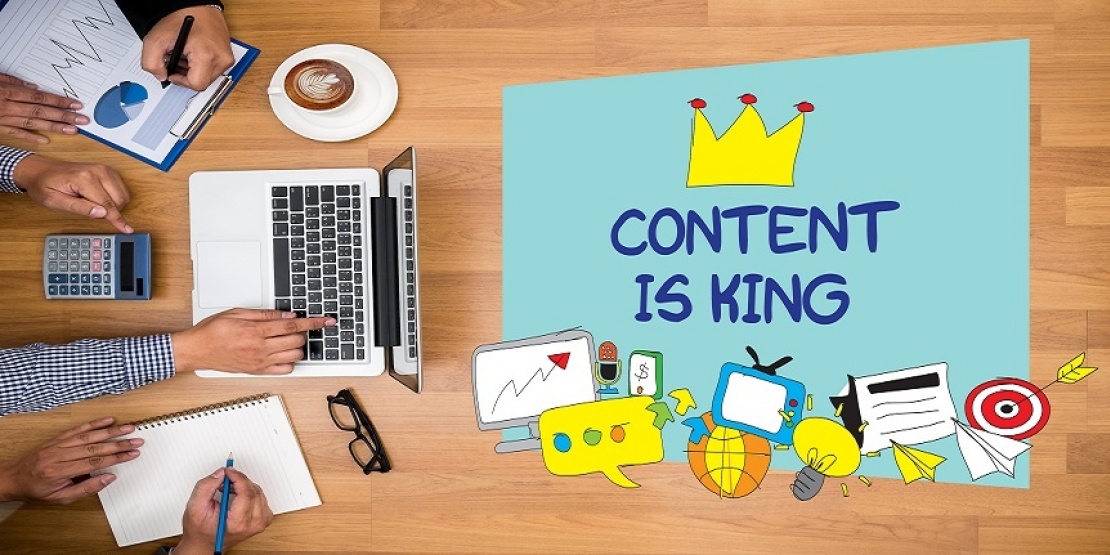Digitalisation projects in B2B procurement often focus on choosing an e-procurement solution, implementing approval workflows and integrating with the company's information system. However, one key topic is frequently ignored: content quality in electronic catalogues available to employees.
The winning combination : Digitalisation and content quality
At the end of major digitalisation projects, the end user is often faced with brief product descriptions, poor-quality photos, incomplete technical attributes, an endless list of variations, missing data sheets etc. This is all the more likely when using a procurement tool that, although powerful, has low-quality product content.
These issues sometimes make it difficult for employees looking for a product to place an order because they primarily need to know whether the product will meet their requirements. Is this container suitable for use with acid? Do these desks comply with fire safety standards? Can this shelving be used in a clean room?
In many cases, the lack of information explains why large numbers of employees are reluctant to use these solutions and instead resort to other means of ordering (vendor retail sites, visits to an agency etc.), even if these methods are prohibited by internal procurement policy. This leads to discrepancies within companies between procurement policy and what happens in practice. Such discrepancies often arise for class C purchases (long-tail purchases), especially because the need for information increases the less frequently a product is purchased.
B2C vs B2B : Two different types of product content
To overcome this problem, it is tempting to use B2C suppliers. A buyer recently told me that, to ensure products are obtained, "it's good that employees can order long-tail purchases on the same platform as the platform used at weekends for personal purchases".
In my opinion, taking a step in the other direction can prove to be equally counter-productive and even more risky, as B2B content is not the same as B2C content! While they are both similar (photo, content structure etc.), B2B content has its own particular requirements. Take the purchase of safety shoes, for example. A lot of information that is required that is not found in descriptions of your everyday shoes, such as:
- Environments in which the shoes can be used
- Data sheet and warranty certificate
- Impact resistance of the protective toe cap
- Life expediency of the product
- Fire resistance
- And much more.
This information must be made available for all safety shoes sold by the distributor to enable detailed comparison of all the features to prevent a choice that could endanger the user. The same applies to numerous other products, including shelving, smoking shelters, trolleys, pumps etc.
The information has to be communicated in an expert, comprehensive and uniform manner — something that cannot be guaranteed by a B2C site, in particular one operating in an online marketplace. When the same product is sold by different vendors, the content displayed often has very little in common, not to mention no real guarantees as to the product's origin or the reliability of the technical information. I once saw shelving published on a retail site that gave incorrect values for the permissible weight capacity of each shelf! (Don't worry — the product has since been removed.)
The solution : B2B experts
This is why we at Manutan believe that the best solution is to work with B2B distributors who have produced high-quality product content for their own retail site, where thousands of customers can place orders without any additional input. This content brings together the best practices of B2C (multiple photos, videos etc.) and the specific features of B2B, and can easily be connected to the customer's chosen e-procurement tool (a PunchOut catalogue or API* can be easily used as the gateway).
By using the company's procurement tool, the end user can then access content that combines the simplicity of B2C with the requirements of B2B. The end user is able to order the product safely and in full compliance with the company's policy and purchasing processes.
*Application Programming Interface









